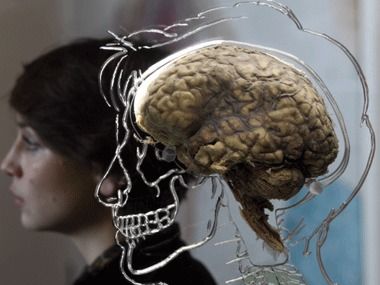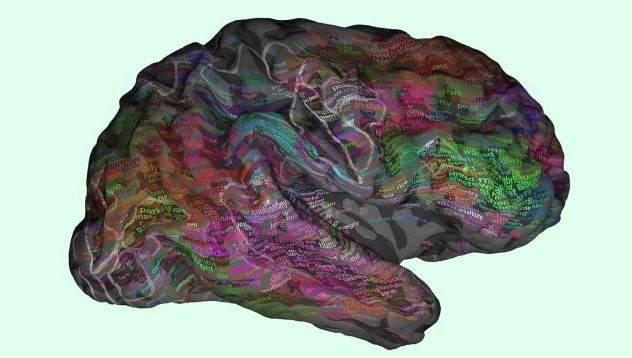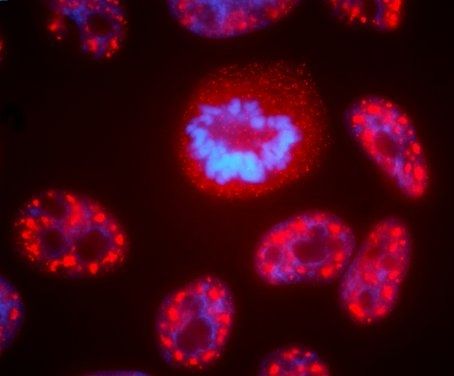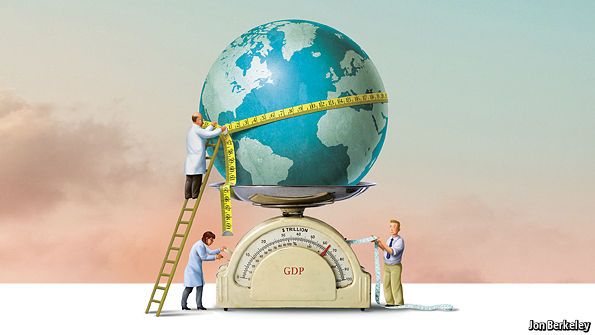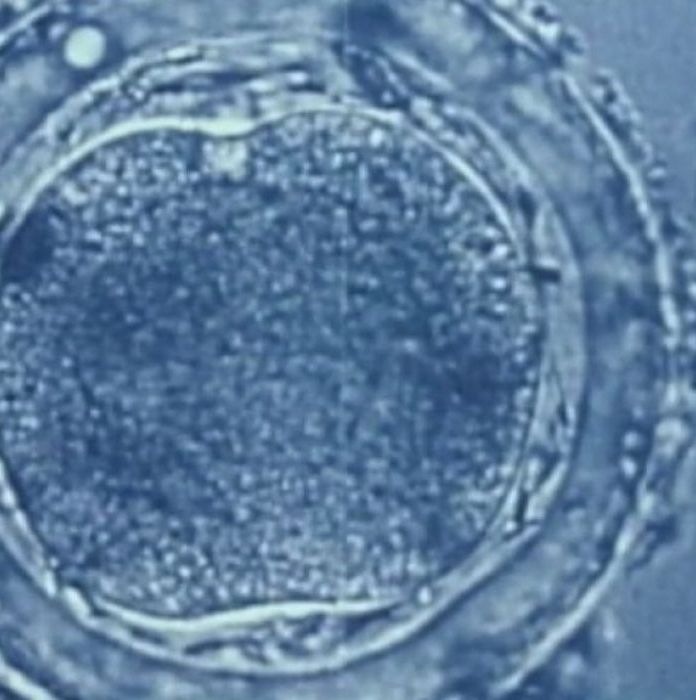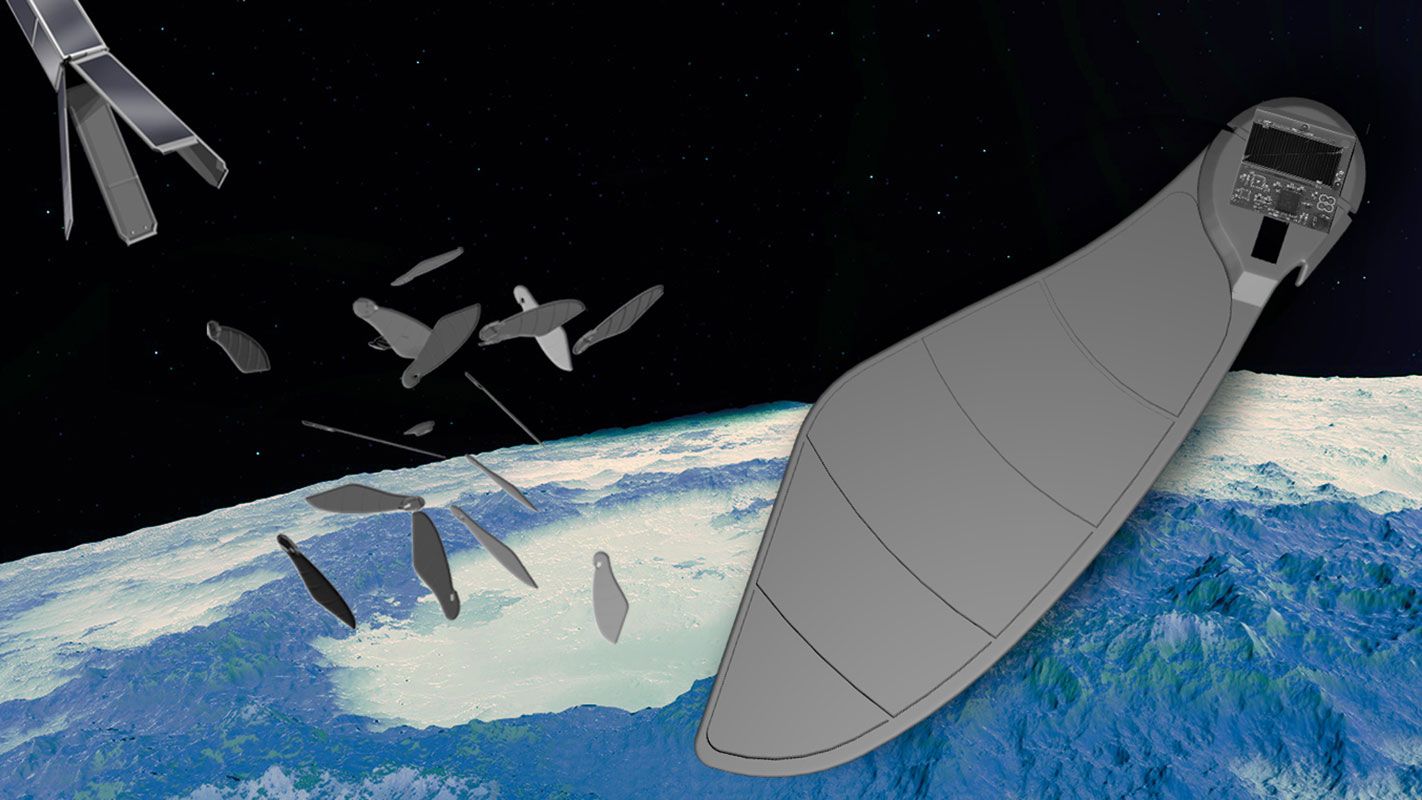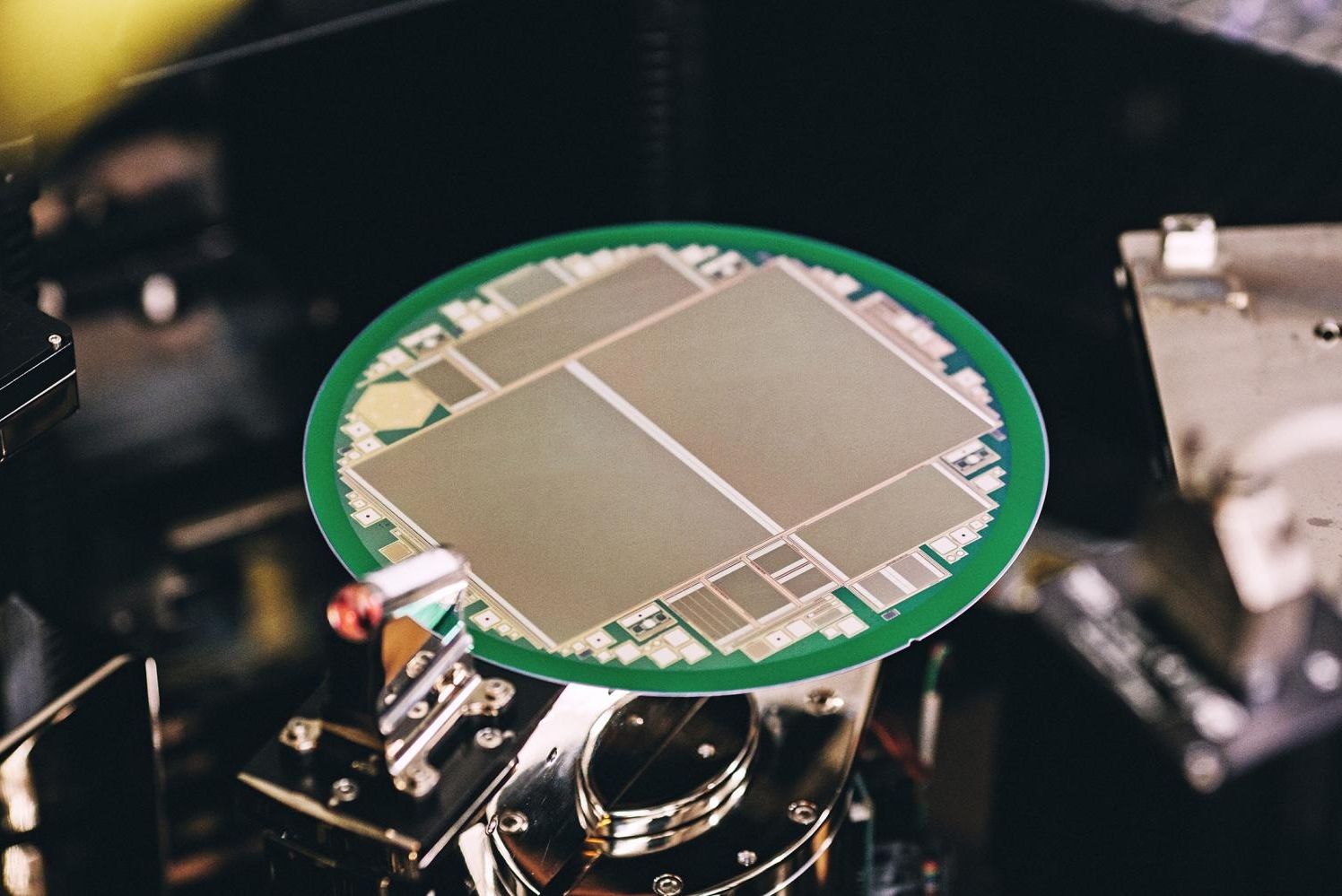Page 11585
Apr 28, 2016
New Brain Map Shows Where Words Are Stored Inside Your Head
Posted by Karen Hurst in categories: biotech/medical, neuroscience
New keys unlock how words are stored in our brains.
Researchers have created a new map of the human brain which shows where we organize words depending on their meaning—and it could help us read minds more accurately than ever.
Scientists from the University of California, Berkeley, have published an interactive version of the map online. It allows you to explore the whole brain, clicking around to see where different types of words—from social and spatial, to violent and visual—are stored.
Continue reading “New Brain Map Shows Where Words Are Stored Inside Your Head” »
Apr 28, 2016
Math points to 100-times faster mapping of gene activity
Posted by Karen Hurst in categories: bioengineering, biotech/medical, chemistry, mathematics
New research by UCSF scientists could accelerate – by 10 to 100-fold – the pace of many efforts to profile gene activity, ranging from basic research into how to build new tissues from stem cells to clinical efforts to detect cancer or auto-immune diseases by profiling single cells in a tiny drop of blood.
The study, published online April 27, 2016, in the journal Cell Systems, rigorously demonstrates how to extract high-quality information about the patterns of gene expression in individual cells without using expensive and time-consuming deep-sequencing technology. The paper’s senior authors are Hana El-Samad, PhD, an associate professor of biochemistry and biophysics at UCSF, and Matt Thomson, PhD, a faculty fellow in UCSF’s Center for Systems and Synthetic Biology.
“We believe the implications are huge because of the fundamental tradeoff between depth of sequencing and throughput, or cost,” said El-Samad. “For example, suddenly, one can think of profiling a whole tumor at the single cell level.”
Apr 28, 2016
New genetic tools to boost productivity
Posted by Karen Hurst in categories: biotech/medical, food, genetics
There’s a precision genetic tool being put to work in crop breeding that offers benefits for future elite, high-performing crops. Pioneer is moving forward with work on a commercial hybrid.
With CRISPR-Cas it’s possible to do precision gene insertions (or deletions) in a crop genome that boost productivity or enhance other traits. This isn’t a GMO because the work done involves traits from the same species — corn gene into a corn plant, for example.
Continue reading “New genetic tools to boost productivity” »
Apr 28, 2016
These old black-and-white photos were colorized
Posted by Shailesh Prasad in category: robotics/AI
Researchers at Waseda University in Tokyo have created a way to realistically colorize black-and-white photos without any human intervention for the first time ever. The team’s approach is based on convolutional neural networks — a type of machine learning originally inspired by the visual cortex of a cat.

Apr 28, 2016
How to measure prosperity | The Economist
Posted by Odette Bohr Dienel in categories: economics, governance
Tags: GDP, Statistics, Well-being
Apr 28, 2016
Spanish scientists create human sperm from mature skin cells in search for infertility solution
Posted by Shailesh Prasad in category: biotech/medical
Scientists in Spain say they have created human sperm from skin cells, which could eventually lead to a treatment for infertility.
Apr 28, 2016
Tiny Spacecraft to Take on Journey to Alpha Centauri
Posted by Klaus Baldauf in categories: computing, engineering, space travel
Draper’s ChipSat Research Could Make Stamp-Sized Spacecraft Functional for Interstellar Mission
CAMBRIDGE, MA – Chip-sized spacecraft will be beamed about 25 trillion miles to Alpha Centauri within 20 years of launch – a mission that would otherwise take 30,000 years – thanks to an engineering project sponsored by the Breakthrough Starshot team. Since 2010, Draper and Cornell University have collaborated on research into spacecraft that could be reduced to the size of a postage stamp and dubbed “ChipSats.” While ChipSats are small and inexpensive to launch, they face challenges far different from those of larger spacecraft and require a completely different approach to space missions.
Due to their tiny size, ChipSats experience disturbances in space in a different manner from large spacecraft. Much like a dinghy is greatly affected by waves that cannot move an oil tanker, the importance of small environmental forces, such as solar radiation pressure and aerodynamic drag, is magnified for ChipSats. This represents a challenge for completing the journey to Alpha Centauri and pointing precisely to send data back to Earth. But it is also an opportunity for developing new guidance and control approaches that take advantage of the environment.
Apr 28, 2016
At CERN, eight-inch sensor chips from Infineon could reveal the mysteries of the universe
Posted by Andreas Matt in categories: computing, cosmology, electronics, particle physics
Ninety-five percent of the universe is still considered unexplored. Scientists at CERN, the world’s largest particle physics research center, located in Geneva, are working on solving these mysteries. In May 2012, researchers there discovered the so-called Higgs Boson, whose prediction won Peter Higgs and François Englert the Nobel prize in physics. One of the things CERN scientists are researching at the moment is dark matter: Although it may well have five times the mass of visible matter in the universe, this extent can only be indirectly proved. With a bit of luck, CERN will also succeed in generating dark matter.
A unique sensor chip can contribute to proving the existence of dark matter: It is eight inches or 15 cm x 10 cm and was developed jointly by Infineon Technologies Austria and the Austrian Academy of Sciences’ Institute of High Energy Physics (HEPHY). Tens of thousands of these silicon components could be used at CERN in the near future. They are not only more economical to produce than previous sensors, which measured up to six inches. The components also stand up better to constant radiation and thus age slower than the previous generation. Planned experiments will scarcely be possible without resistant sensors.
The experiments at CERN are analyzing the structure of matter and the interplay among elementary particles: Protons are accelerated almost to the speed of light and then made to collide, giving rise to new particles whose properties can be reconstructed with various detectors. “In particle physics and cosmology, there are many questions that are still open and to which mankind still has no answer,” says Dr. Manfred Krammer, head of the Experimental Physics Department at CERN. “To make new advances in these areas, we need a new generation of particle sensors. Cooperation with high-tech companies like Infineon allows us to develop the technologies we need for that.”
Apr 27, 2016
Can AI fix education? We asked Bill Gates
Posted by Aleksandar Vukovic in categories: education, mobile phones, robotics/AI
Bill Gates on personalized learning, AI in education.
The rise of smartphones has transformed the way students communicate and entertain themselves. But the classrooms they spend so much of their time in remain stubbornly resistant to transformation. On one hand, technology has long had a home in classrooms — I learned to type on an Apple IIe in the late 1980s. But for most schools, the approach to teaching remains stubbornly one-size-fits-all: a single teacher delivering the same message to a group of about 30 students, regardless of their individual progress.
Bill Gates is working to change all that. Through the Bill and Melinda Gates Foundation, Microsoft’s co-founder and chairman has invested more than $240 million to date in a developing field known as “personalized learning.” It’s a diffuse set of initiatives, led mostly by private companies, to develop software that creates individual lesson plans for students based on their performance, coaching them through trouble spots until they have mastered the subject at hand. Teachers still play a central role in the classroom, but they do less lecturing and more one-on-one coaching.
Continue reading “Can AI fix education? We asked Bill Gates” »
